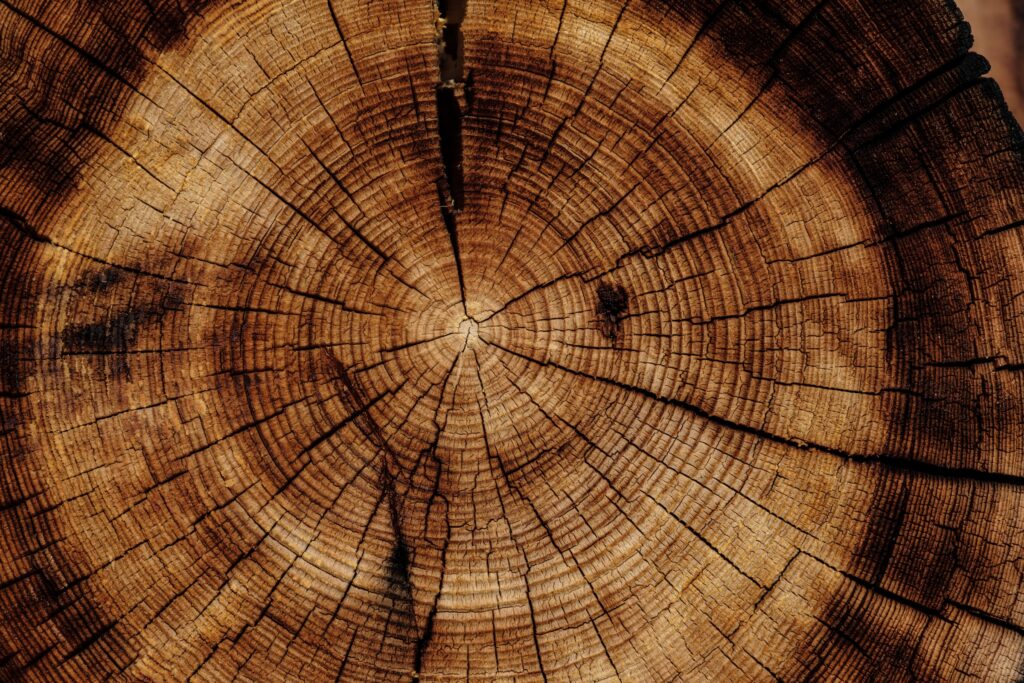Tree lopping, a vital practice in maintaining the health and safety of trees, is often surrounded by misconceptions that can mislead property owners. In this comprehensive exploration, our goal is to dispel prevalent misconceptions surrounding tree lopping and provide illuminating insights into the genuine principles and benefits of this essential arboricultural practice.

Misconception 1: Tree Lopping is Harmful to Trees
One prevalent misconception is that tree lopping is inherently harmful to trees. In reality, when done by trained professionals using appropriate techniques, tree lopping can promote tree health. It involves strategic pruning to remove dead or diseased branches, stimulate new growth, and enhance the overall structure of the tree. Professional arborists consider the specific needs of each tree species, ensuring a balanced and healthy outcome.
Misconception 2: Tree Lopping is the Same as Tree Topping
While the terms may sound similar, tree lopping and tree topping are distinct practices. Tree lopping is a comprehensive process that involves selective pruning for the well-being of the tree, while tree topping is a harmful technique that involves indiscriminate cutting of the tree’s canopy. Tree topping is widely discouraged as it can lead to weak regrowth, increased susceptibility to diseases, and an overall decline in tree health. It’s essential to understand the difference and opt for responsible tree lopping practices.
Misconception 3: Anyone Can Perform Tree Lopping
Some property owners believe that tree lopping is a simple task that can be undertaken as a DIY project. Nonetheless, harboring this misconception has the potential to result in dire and consequential outcomes. Professional arborists possess the necessary knowledge, skills, and equipment to perform tree lopping safely and effectively. Employing inaccurate pruning methods or using inappropriate tools has the potential to inflict enduring harm upon the tree, jeopardize its structural stability, and pose significant risks to both property and individuals.
Misconception 4: Tree Lopping is Only for Aesthetic Purposes
While enhancing the visual appeal of trees is one aspect of tree lopping, it serves more crucial purposes. Professional tree lopping is often done to eliminate hazardous branches, reduce the risk of falling limbs, and create a safer environment. It also aids in maintaining the tree’s shape and structure, preventing potential issues such as overgrown limbs interfering with power lines or structures.
Misconception 5: Tree Lopping Should Only be Done in Spring
Another common misconception is that tree lopping should only occur in the spring. While spring proves optimal for specific pruning tasks, seasoned arborists might advise tree lopping at varied intervals, taking into account the tree’s species, its overall health, and the precise goals underlying the pruning process. Winter may be suitable for dormant pruning, while summer might be the right time for corrective pruning or hazard reduction.
Misconception 6: Tree Lopping is Expensive and Unnecessary
Some property owners view tree lopping as an unnecessary expense, neglecting its long-term benefits. In reality, investing in professional tree lopping can prevent costly issues such as property damage, personal injury, and the spread of tree diseases. Consistent tree maintenance not only elevates property value but also plays a pivotal role in fostering the overall health and aesthetic appeal of the landscape. Though professional services come with a financial investment, the expenditure proves to be a valuable and prudent commitment to safeguarding the health and safety of your property.
Misconception 7: All Trees Can be Lopped in the Same Way
Trees vary widely in species, size, and structure, and each requires a tailored approach to lopping. Assuming that all trees can be lopped in the same manner is a misconception that can lead to adverse effects. Professional arborists assess the unique characteristics of each tree before determining the appropriate lopping techniques. This guarantees that the pruning is executed in a manner that is advantageous to the tree, avoiding any potential harm in the process.
Dispelling common misconceptions about tree lopping is essential for promoting responsible tree care practices. Through a discerning grasp of the reality behind these myths, property owners can make informed decisions, placing due emphasis on the health and safety of their trees, thereby actively contributing to the holistic well-being of their landscape. It is imperative to seek advice from certified arborists for expert guidance, ensuring that tree lopping is executed in a manner tailored to the unique requirements of each tree, thereby promoting optimal health and longevity.